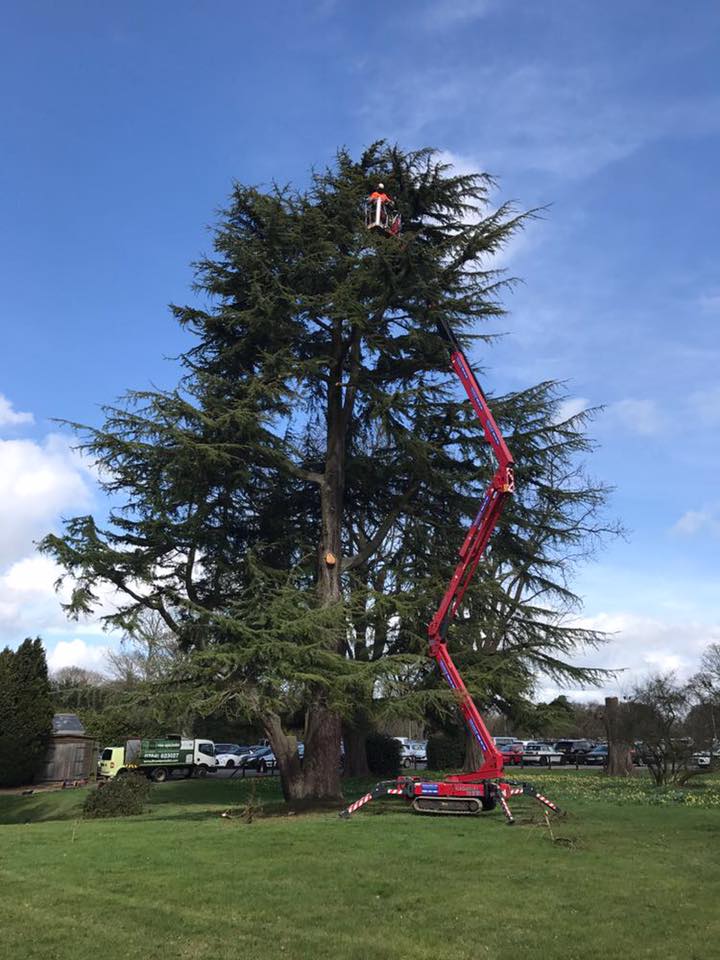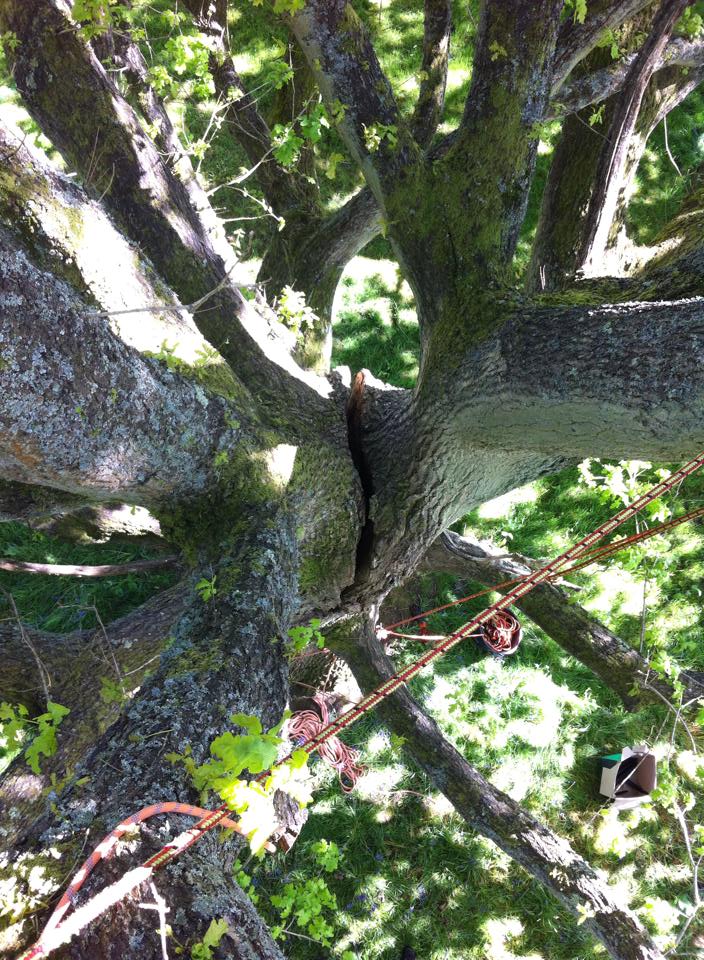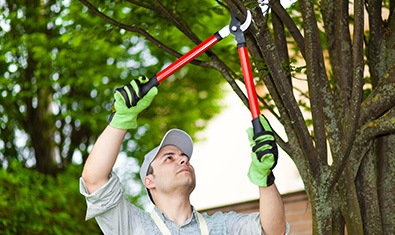Pruning is an agricultural process that is used to control plant growth by cutting it to improve on its health and aesthetic performance. It’s the difference between shaggy, unkempt, unhealthy and wild trees and those that are well kept, neat and healthy.
Well-kept hedges and fence screens are cut, trimmed and maintained from time to time. While natural gardens may be rustic, they do not belong in serene neighbourhoods. They simply aren’t ideal for residential and commercial settlements.
Improving Appearance
Trees and hedges are natural aesthetic enhancers for many landscapes, but they can make a property look untidy if they aren’t carefully maintained. Trimming maintains a neat appearance, and pruning can alter the shape. However, it should be done by following the natural contours of plants. You shouldn’t try to impose unnatural shapes and sizes for plants because you can end up causing more damage to the plant.
Eliminating Hazards
Unkempt and unmaintained trees may grow into paths and pavements, causing a hazard to users of the path. Hedges can drop dead branches and stems, causing serious safety hazards.
Some large trees may have roots or branches growing into utility lines or too close to buildings, causing property damage and serious safety concerns.
Improving Plant Health
Hedges and other plants are always growing in competition for more light. They sometimes choke each other up, and thinning plant crowns can go a long way in improving air circulation. Furthermore, you can strategically cut off withering parts of plants to allow healthier regeneration at the growth shoots. Pruning also saves plants from infection spreading; it ultimately prevents plant diseases while treating existing infections.
Increasing Fruit/Flower Production
Literally all types of plants benefit from pruning when old and withered parts are cut off. It means that precious resources are re-allocated to young shoots, increasing the amount of food and water going to fresh flowers and increases the yield in fruit production. Pruning sheds away unnecessary plant parts and allows plants to shoot at the spurs, enhancing future growth spurts and productivity.



Increasing Fruit/Flower Production
Literally all types of plants benefit from pruning when old and withered parts are cut off. It means that precious resources are re-allocated to young shoots, increasing the amount of food and water going to fresh flowers and increases the yield in fruit production. Pruning sheds away unnecessary plant parts and allows plants to shoot at the spurs, enhancing future growth spurts and productivity.

Helpful Trimming Tips
Apart from dealing with hazards and plant disease, we would advice pruning plants during their dormant seasons. Never cut thick parts of plants, or their main supporting and growing limbs, unless when you really must. Cutting tree parts that are more than 10 centimetres in diameter may cause serious harm.
Cut weak branches and leave the strong U-shaped ones to dominate. When side shoots grow into branches that are more than three quarters the size of the main stem, you should cut them because they will hinder the plant’s upward growth. Only start pruning the top shoots when your hedge has achieved the desired height and you want to cultivate a thick and lush crown.

